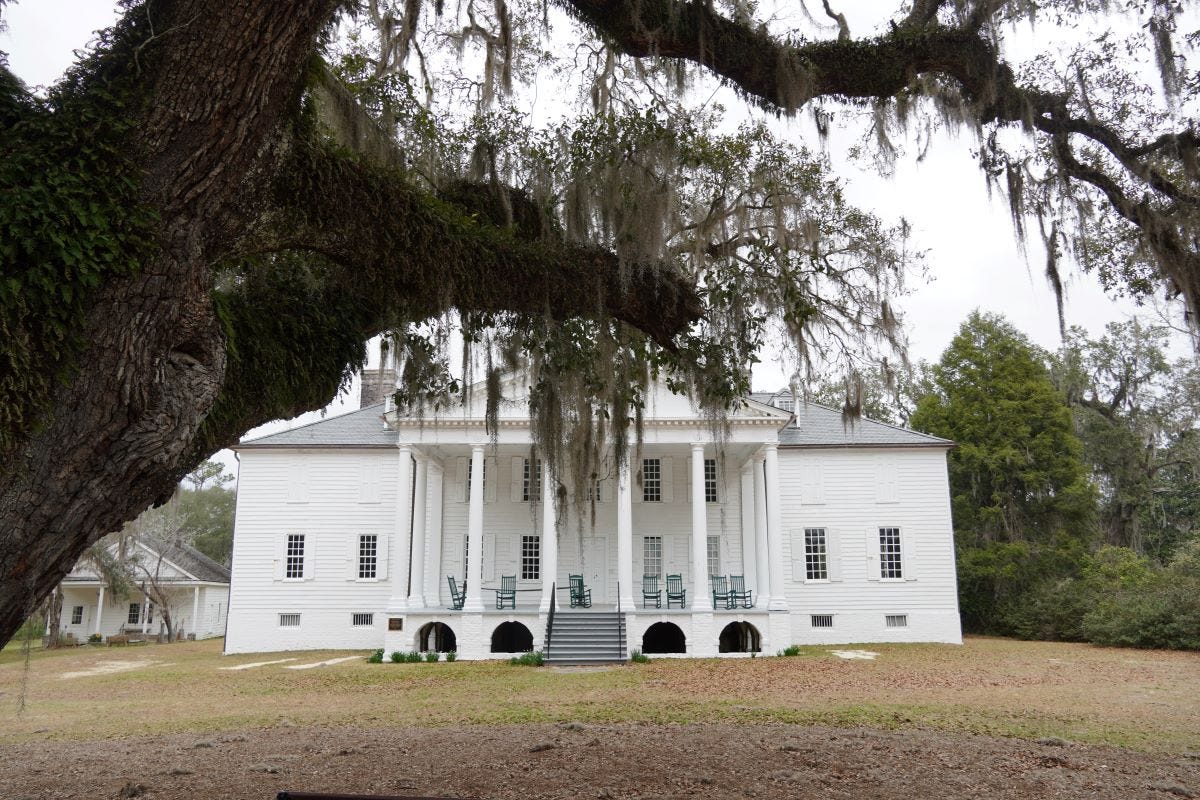This Legendary Tree Saved by George Washington Still Stands
The silent sentinel is a touchstone to the country's earliest beginnings
Past Lane Pursuits is a weekly newsletter of Past Lane Travels, a history/travel blog that provides inspiration for discovering historical sites, hidden gems and small towns.
Some links in this newsletter may be affiliate links.
Hello fellow History and Travel Lovers!
I’ve really got a treat for you this week! As you read this, I will be on the road and traveling in the area of Hampton Plantation, a historic site nestled on the banks of the Santee River near McClellanville, S.C.
To most people, the centerpiece of the plantation is the grand mansion, which is a stunning example of Georgian architecture. Built in the 1730s, the house served as the home of the Pinckney family, one of South Carolina's most prominent families during the colonial and early American periods.

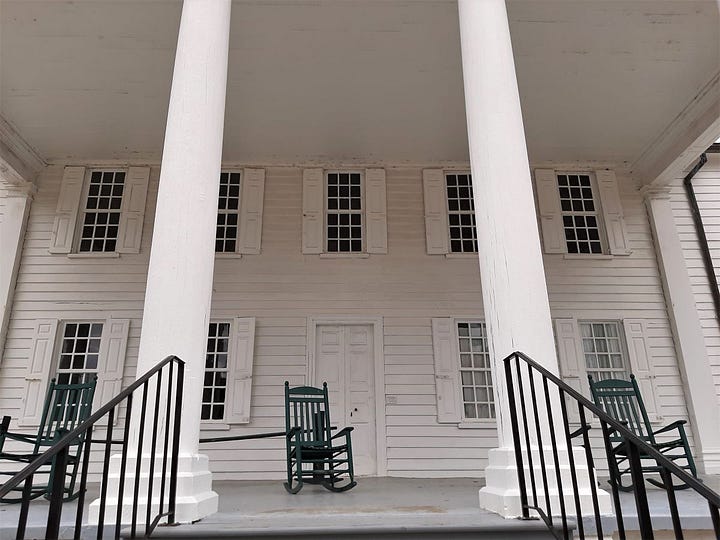
Beyond the house, the plantation grounds are equally captivating. The beautiful gardens and amazing views along the river evoke a sense of peace and timeless beauty.
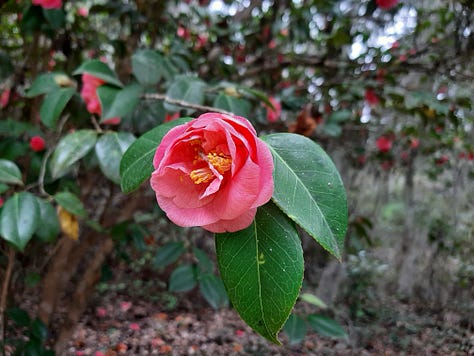
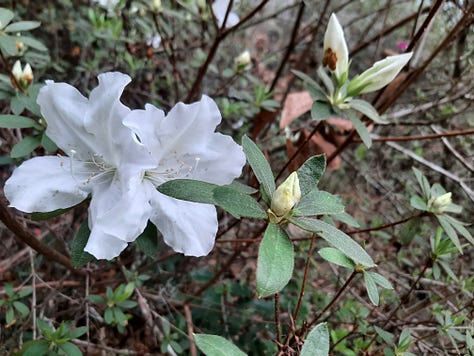
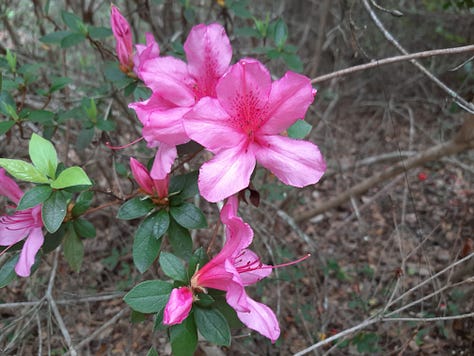
But to me, the true highlight of the property is the massive, ancient live oak tree that stands right in front of the house. (Actually there are a bunch of ancient live oaks in the front yard).
The main oak tree isn’t just any tree—it’s a tree that was saved by George Washington!

During his Southern tour in 1791, Washington visited Hampton Plantation and, upon seeing the oak, was so taken with its grandeur that he ordered it be spared from being cut down. At the time, there were plans to remove the tree to make way for a new road, but Washington intervened, ensuring that the tree would continue to stand as a living link to the past.
Today, visitors can still admire this remarkable oak and tour the Hampton Plantation house. Inside you can explore the amazing architecture and see original artifacts that tell the story of life on the plantation, from its prosperous early days to the struggles during the Civil War.
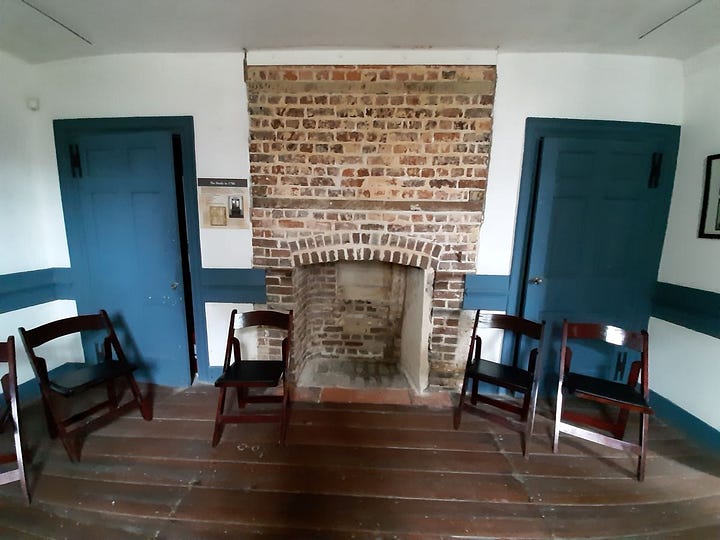
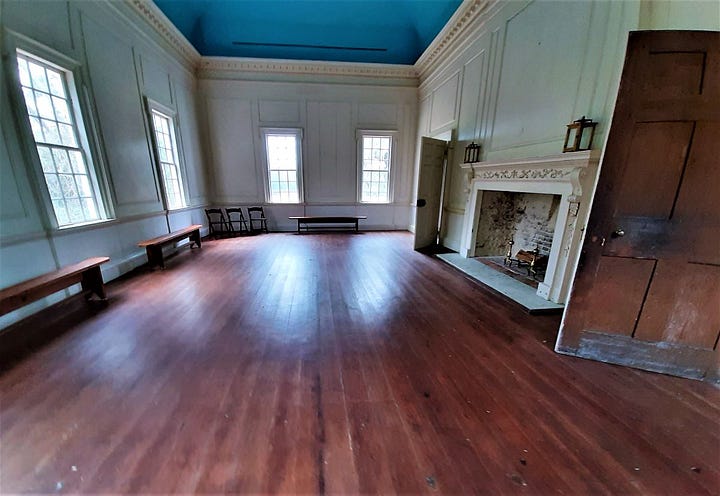
Outside the house there are numerous walking paths where history, nature, and the spirit of early America come together beautifully.
Four acres teem with fragrant camellias and azaleas underneath a canopy of magnolia, pine and oak trees. Gardens have flourished at Hampton since the 1860s.
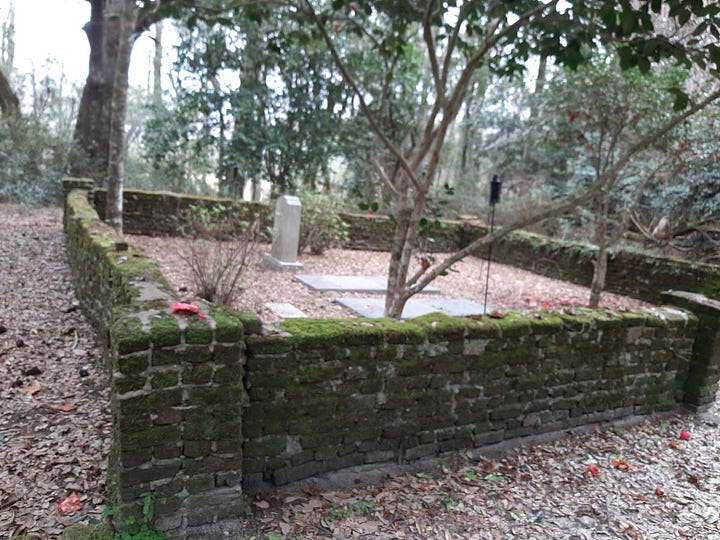

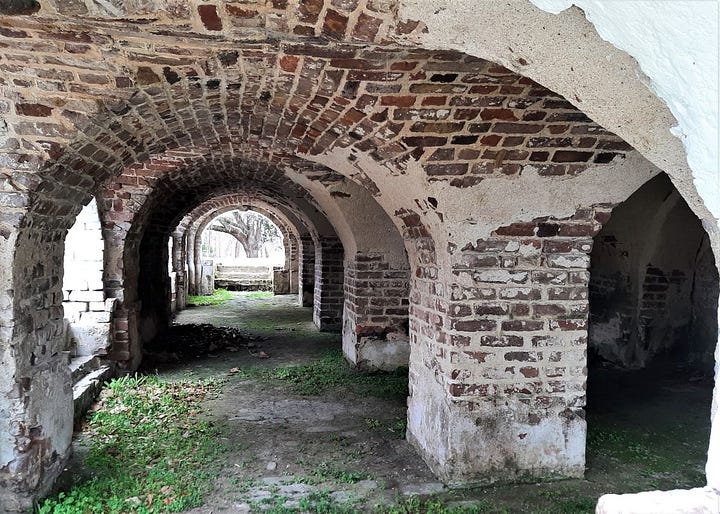
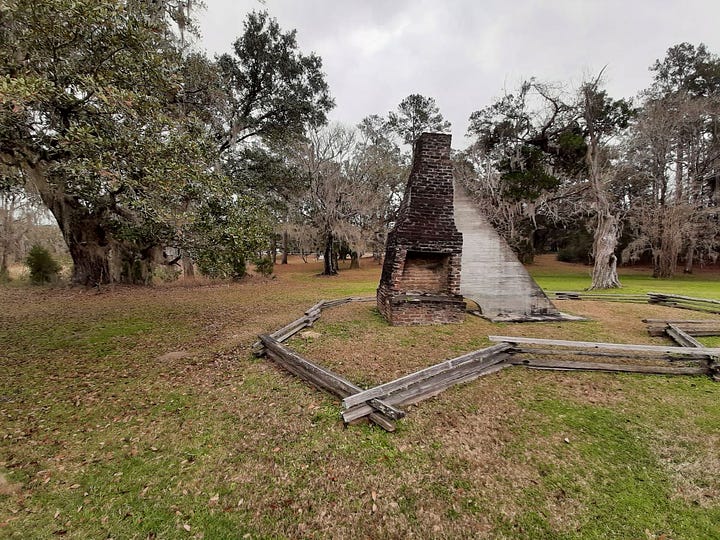
Archibald Rutledge (a great author and poet) planted the current garden in the 1930s. The winding paths and naturalized plantings reflect the “wild garden” style popular at the time.
He and his family are buried on the property in a small graveyard near the house.
Plan Your Trip
Hampton makes a great afternoon trip from Myrtle Beach or Georgetown, S.C.
Visiting the Hampton Plantation State Historic Site
Located in the southern Santee Delta region, Hampton Plantation State Historic Site is home to the remote, final remnants of a colonial-era rice plantation. The plantation now serves as an interpretive site for the system of slavery and rice cultivation in the region from the colonial period through the end of the Civil War.
☛ Old Words
Here is this week’s old word!
Piffle: An exclamation from the 19th century that is synonymous with saying something was absurd or nonsense.
Oh, piffle. I refuse to believe such things.
This was a great word for people with manners who did not want to swear. Others are Fiddle dee-dee (Scarlet O’Hara) and Thunder.
History Trivia
Answer to Last Week’s Trivia Quiz: Congratulations to those who answered Geoffrey Chaucer as the famous author credited with writing the first Valentine’s Day card. In the 14th century he wrote the first recorded Valentine’s Day poem, "Parliament of Foules," where he linked the celebration of love with St. Valentine’s Day.
☛ This Week’s Trivia Question: Give it a try!
Answer in next week’s newsletter.
Until next time… Happy Travels!
Jessica
👇👇 Need a private flight? You might be surprised how affordable it is! 👇👇




